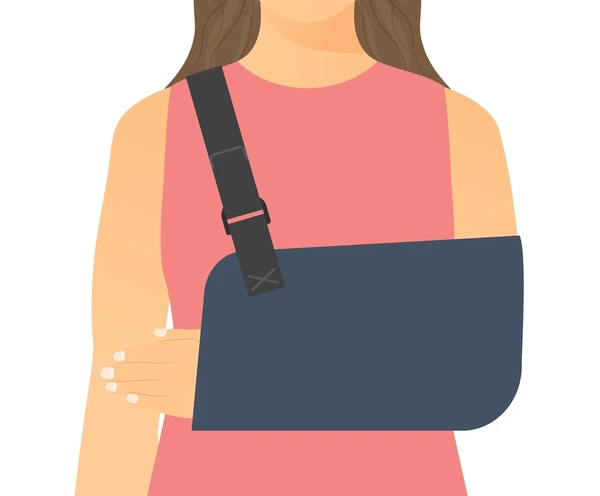Baseball players of all ages who play at a competitive level experience overuse injuries which can inhibit many aspects of their lives. Let’s take a look at the most common injuries and examine how we can prevent and treat them.The most common injuries in pitchers:
- Muscle Strains: sprains and strains are common sports injuries, often the result of overuse. In baseball, sprains and strains are common in the legs, arms, and back. In some cases, the muscles or ligaments will be overstretched, while in others the ligament may be partially or completely torn.
- Labrel Tear: when the ring surrounding the fibrocartilage of the shoulder socket becomes torn, a feeling of something “catching” happens and causes pain. The labrum becomes loose and the entire joint becomes unstable.
- Rotator cuff injuries: the rotator cuff is a group of four muscles that coordinate the shoulder’s movement. Overhead throwing can cause the tendons of the rotator cuff to become compressed as they pass through the shoulder joint, gradually leading to pain. Eventually, this condition which is one of the most common baseball injuries, can progress to more severe tendonitis. This often requires a rest period of a few weeks to a few months.
- Throwers elbow: the technical term for this condition is medial epicondylitis. The pain occurs on the inside of the elbow and usually comes on gradually due to overuse.
- Shoulder instability: shoulder instability usually occurs when the lining of the shoulder joint, ligaments or labrum become stretched, torn or detached, allowing the ball of the shoulder joint to move either completely or partially out of the socket. This is often referred to as a “dead arm”.
- UCL sprain of the elbow: the ulnar collateral ligament (UCL) is another area that is commonly injured in baseball pitchers. The UCL acts as a stabilizer for the elbow, preventing the joint from bending sideways, and is often stressed with repetitive throwing motions.
Some tips to keep you in the game:
- Rotate playing other positions besides pitcher
- Warm up properly by stretching, running, and easy gradual throwing. In particular it is important the stretch the back of the shoulder by either crossing the arm in front of the body or doing sleeper stretches
- Follow a pitching count. Pitch count recommendations vary from 50 pitches for ages 7-8 to 95 pitches for ages 13-16.www.littleleague.org/playing-rules/pitch-count
- Consider taking a designated rest period from playing or practicing
- When injuries are acute, use rest and ice to reduce pain and inflammation
- Emphasize control, accuracy, and good mechanics
- Speak with a sports medicine professional or athletic trainer if you have any concerns about baseball injuries and/or baseball injury prevention strategies
Proper preparation, training and recovery can go a long way in preventing injuries.Dr. Patrick Denard has been voted one of the top 20 Shoulder Surgeons in North America and is the most widely published shoulder specialist in Oregon. Dr. Denard is committed to providing the highest level of Orthopedic care to his patients. Dr. Denard has advanced arthroscopy training and is able to perform the vast majority of shoulder procedures in a minimally invasive fashion, including all types of rotator cuff repairs and instability repair. These techniques allow him to repair tears that some consider “irreparable.” Providing every patient with advanced medicine and compassionate care each and every time.
Similar posts



